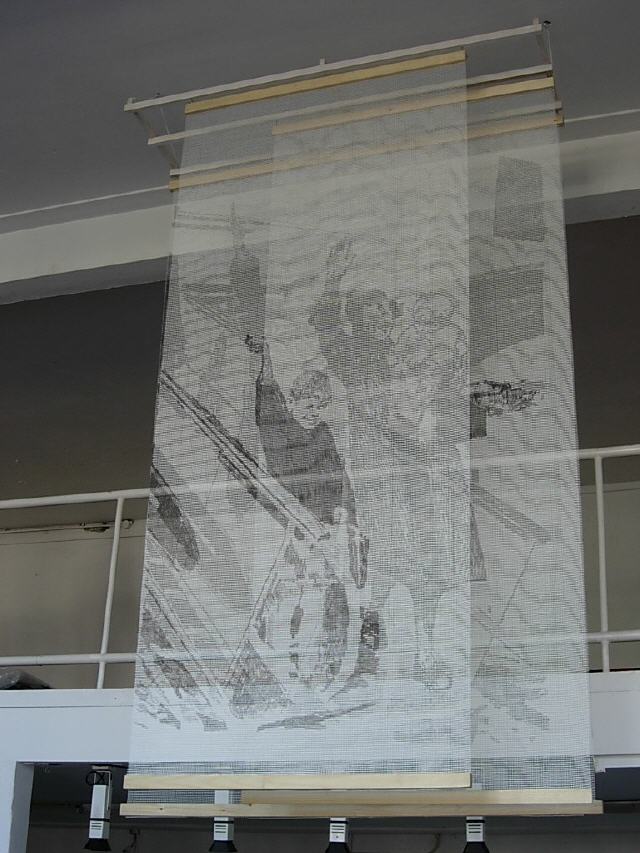
Curriculum Vitae
January 2009
Born in 1947 in Amsterdam. Lived and worked in Canada from 1953-1978.
Education
Canada 1969-1972: Malespina Art College in Nanaimo, British Columbia; studied under Leroy Jensen.
Netherlands 1978-1982: Vrije Academie voor beeldende Kunsten (Art College) in The Hague, studied under Frans Zwartjes and Rudy Rooijackers
Studio: Rijn en Schiekade 69, 2311 AM Leiden, + 31 (0)71 5126112
From February 1983 – December 1985: BKR, Leiden (governmental funding)
Rudi Struik’s work is characterized by a large diversity of materials and techniques. Especially his early work shows a great care for the materials – particularly wood - and their handling. Wood meant a warm, ‘living’ material for him in which he felt able to express himself freely. Without a preconceived concept he started to work with a piece of wood; while carving, an idea of a form developed, initially following the natural grain of the wood, later in combination with other materials, such as Perspex and metal.
More recently, the emphasis is on the production of ‘murals’ and assembled objects and installations. In the series of murals, randomness plays an important role. By making plaster casts of (rusted) metal sheets, the outcome of texture and color is unpredictable. The colors are formed by the oxidation of the metal. They are absorbed by the plaster, creating beautiful patterns and colors. The mural are further worked out by drawing, painting or small relief’s.
The assemblages and installations are multifaceted and often combined with light. Disregarded materials, such as old wooden cigar and wine boxes, and old bronze water tap, but also old glass slides from the Department of Art History of the University of Leiden that in the olden days were used for art historical education but which are now redundant, receive a new identity and gain a new potential of meaning in the new context of an art work.
Recently, he started experimenting with digital camera images. Unusual viewpoints, camera angles and materials create new worlds of imagery. Enlarged, they built environments that generate a experience.
Recurrent themes in his work are: perception; memory; selective histories; de- and recontextualizing objects and images; stories of migration.